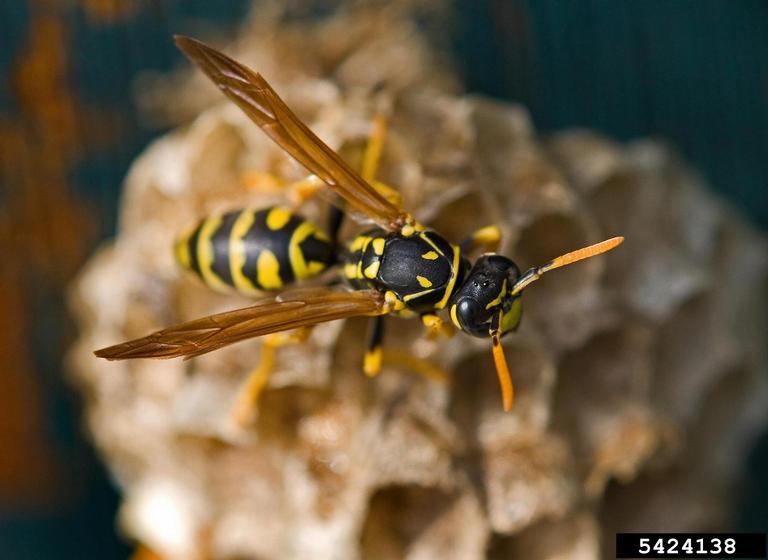Understanding Water Important in a Drought |
Without water, a tree's life begins to ebb away. Trees die from quiet exhaustion and starvation, not from a sudden, dramatic event. And the prime cause of death for trees is the lack of water.
Yet trees are actually surrounded by water. It's in the soil, the air and even throughout their own wood. Water is everywhere, but much of it is unusable or unreachable.
Water is where you find it, and you'll find about 97 percent of all water on our planet in the oceans. Ocean water contains around 35,000 parts per million (ppm) dissolved materials, comprising at least 70 elements.
Fresh Water, Please
Because of the dissolved elements, most trees can't extract a drop from the ocean. Trees need fresh water.
Fresh water, which has less than 1,000 ppm dissolved materials, makes up the remaining 3 percent of all the water on Earth. Of the 3 percent that's considered fresh, two-thirds of it is snow and ice in glaciers and the polar ice caps.
The final 1 percent of the fresh water can be found in the atmosphere, as ground water and as surface water in lakes and streams.
Earth is a wet planet. Liquid and solid water covers roughly three-quarters its surface. But for all the expanse of water on or near the Earth's surface, trees can use little.
Across the landscape above sea level is a patchwork quilt of rain forests and deserts, bottomlands and mountaintops. Limited water resources, in some form, are everywhere.
The air abounds with water. Water vapor in the air is the humidity everyone complains about. Large amounts of water vapor in the air slows water loss from trees and soils.
In fog (100 percent relative humidity), trees lose no water to the environment. Unfortunately, few of us live in a fog forest. Wind heated by pavements and dry ground surfaces reduce the humidity and increase landscape water loss. Water vapor is available to the tree only when it's condensed and absorbed.
Feed Roots
The soil is filled with water. Water in the soil coats every particle and root tip. As the soil dries, more water evaporates. At some point, the soil becomes dry enough to prevent tree roots from extracting any more water.
The soil still has water held close around mineral and organic soil units and in tiny pores between clay particles. But it holds remaining water tighter than the trees can exert force to extract it.
Water is found in greater abundance deeper in the soil. But this water is beyond trees' reach. Tree roots can reach soil depths of hundreds of feet if plenty of oxygen is available. But they have to have a lot of oxygen from the air to grow and survive. Tree roots stay shallow because they can't get enough oxygen to live in the deep, water-soaked soils.
Like most things in life, it's not how much you have, but how much is accessible, that allows survival. Under drought conditions, trees must deal with low soil moisture levels and still effectively extract water.
Nature provides trees only a few tools to collect water. The thirst a tree develops can be immense. Do your tree a favor, when you can, by watering. Water is a gift to trees beyond any silver and gold, pruning or fertilization.
Water is life to a tree.
(For more information on water, what it is and how it works in trees, visit the University of Georgia School of Forest Resources Web site at www.forestry.uga.edu/warnell/servic e /library. Click on "Service & Outreach," then "Information Library," then "Drought Information.")






